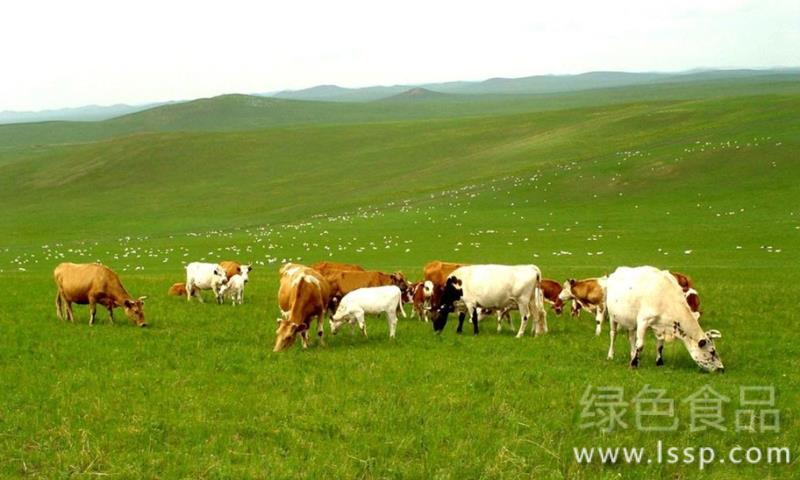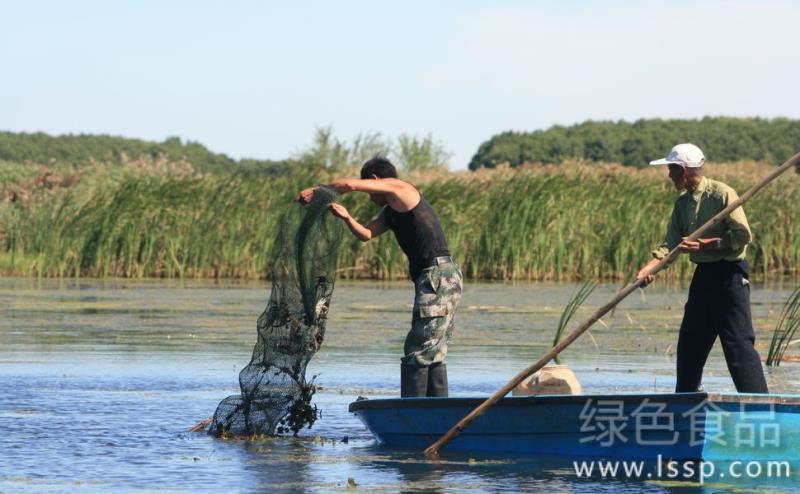Great temperature changes in autumn and a bumper harvest of crops do not allow cattle and sheep to eat five kinds of forage
Autumn temperature is unstable, great changes, crop harvest, we should pay special attention to these five kinds of forage do not allow cattle and sheep to feed.

Cattle and sheep
1. Dew grass. It gets cooler in autumn, and the grass blades in the morning and evening are covered with dew. Cattle and sheep will get rumen bulging disease if they eat dewy grass. Therefore, grazing in autumn should wait for the sun to rise in the morning, after the dew disappears, and return to grazing before the appearance of dew in the evening.
two。 The soft skin on a corncob. Corn cob soft skin, soft taste sweet, cattle and sheep like very much, but it is rich in crude fiber, toughness is very strong, not easy to chew and digest. Some farmers, because of their busy farm work, in order to save time, do not cut short, do not mix grass, and directly feed the whole soft skin of corncobs to cattle and sheep, which is very dangerous. The accumulation of corncob soft skin in the flap stomach causes obstruction, which will ferment, rot, produce gas over a long time, and produce a large number of toxic substances, resulting in acidosis and even death of cattle and sheep.
3. The second stubble seedlings of sorghum and corn after harvest. The second stubble seedlings of sorghum and corn after harvest are rich in hydrocyanic acid. Hydrocyanic acid is highly toxic, cattle and sheep are prone to poisoning after eating. You can't use second-stubble corn seedlings as forage for cattle and sheep, nor can you graze cattle and sheep in fields with second-stubble corn seedlings.
4. Castor leaves and stems beaten by frost. In late autumn, castor leaves and stems beaten by frost contain ricinine toxin, which is easy to be poisoned after eating cattle and sheep.
5. Half-dry and half-wet sweet potato seedlings. Because when the sweet potato is harvested, the seedling has already aged, and the crude fiber in the seedling has increased, and after a few days of sunshine, the crude fiber becomes soft and resilient. After eating, these flexible and unbreakable crude fibers wind up in the intestines, causing large obstruction of the large intestine or small intestine and forming knot disease. If the disease is not diagnosed and treated in time, it is easy to cause death.
- Prev

How to optimize the fatness of river crab three management measures for river crab fattening
How to optimize the fatness of river crab three management measures for river crab fattening
- Next

Eating dirt in pig arches is not nonsense.
Pig arch gnawing wood and soil is not playful, it is an abnormal phenomenon, which affects the normal growth and development of pigs. The main reason is that fattening piglets lack of mineral feed for growth, lactating sows and pregnant sows, their own mineral elements are used for the normal growth of lactating piglets and fetuses, and the minerals in the feed are difficult to meet. Second, the feeding is unreasonable, the feeding is less, the food is not full, and the feeding is not watered. Third, sick pigs also have the phenomenon of arch circles gnawing on wood and soil. The first way to prevent it is to pay attention to the proportion of feed and feed ore.
Related
- On the eggshell is a badge full of pride. British Poultry Egg Market and Consumer observation
- British study: 72% of Britons are willing to buy native eggs raised by insects
- Guidelines for friendly egg production revised the increase of space in chicken sheds can not be forced to change feathers and lay eggs.
- Risk of delay in customs clearance Australia suspends lobster exports to China
- Pig semen-the Vector of virus Transmission (4)
- Pig semen-the Vector of virus Transmission (3)
- Five common causes of difficult control of classical swine fever in clinic and their countermeasures
- Foot-and-mouth disease is the most effective way to prevent it!
- PED is the number one killer of piglets and has to be guarded against in autumn and winter.
- What is "yellow fat pig"? Have you ever heard the pig collector talk about "yellow fat pig"?

